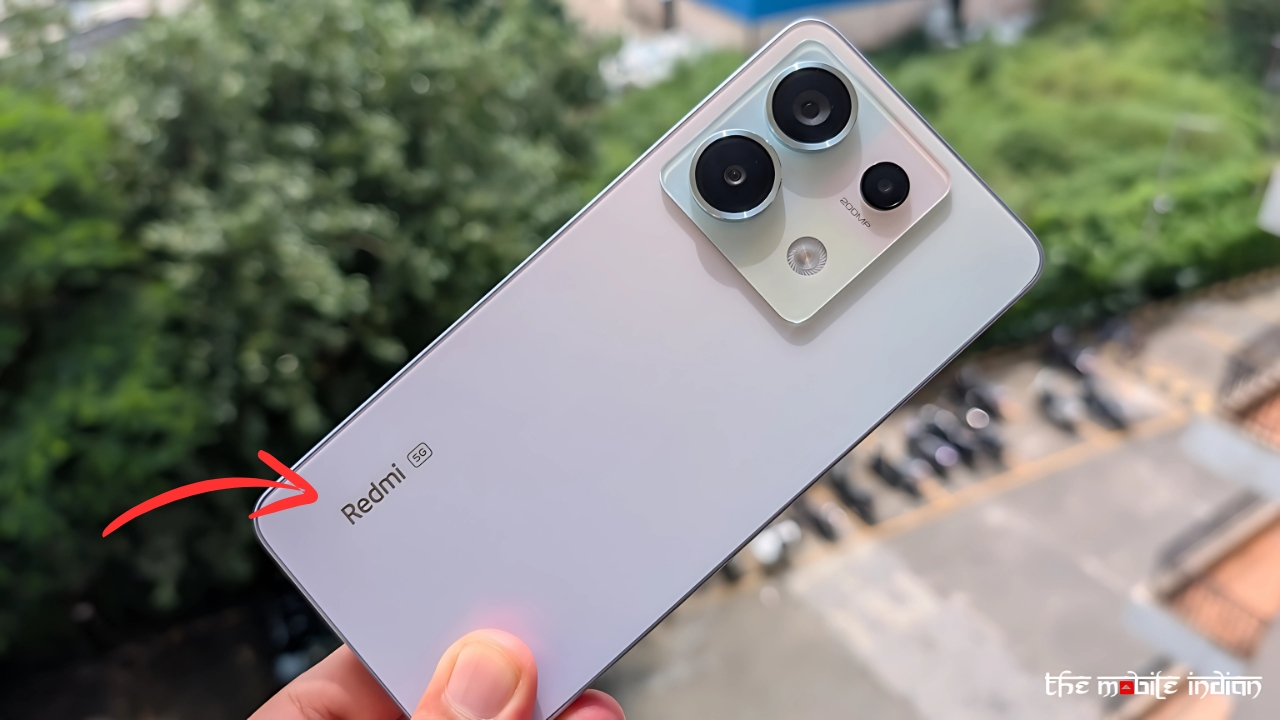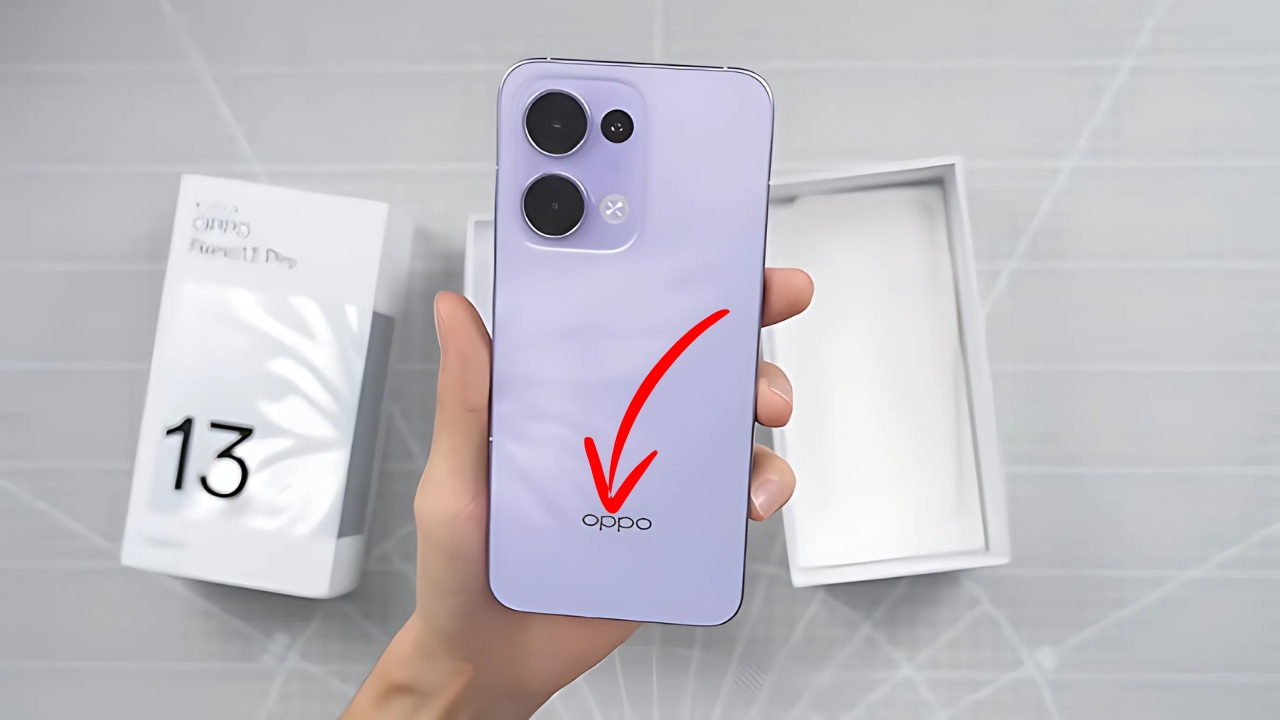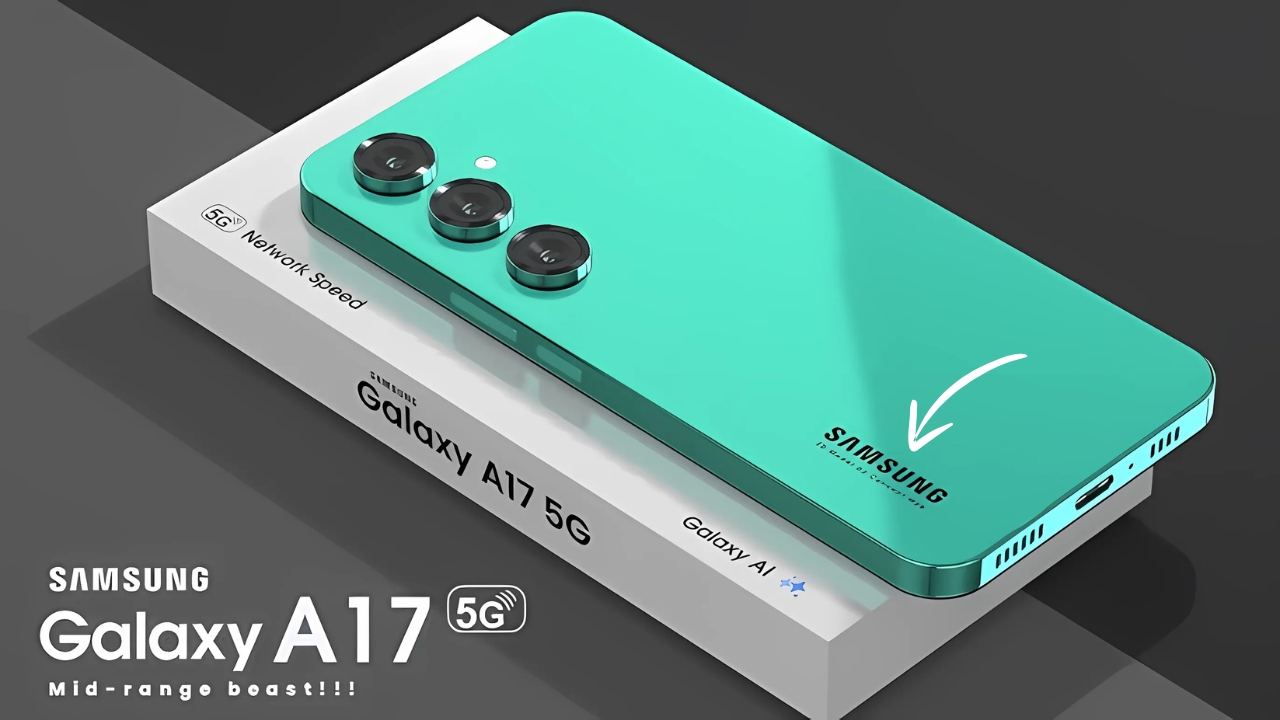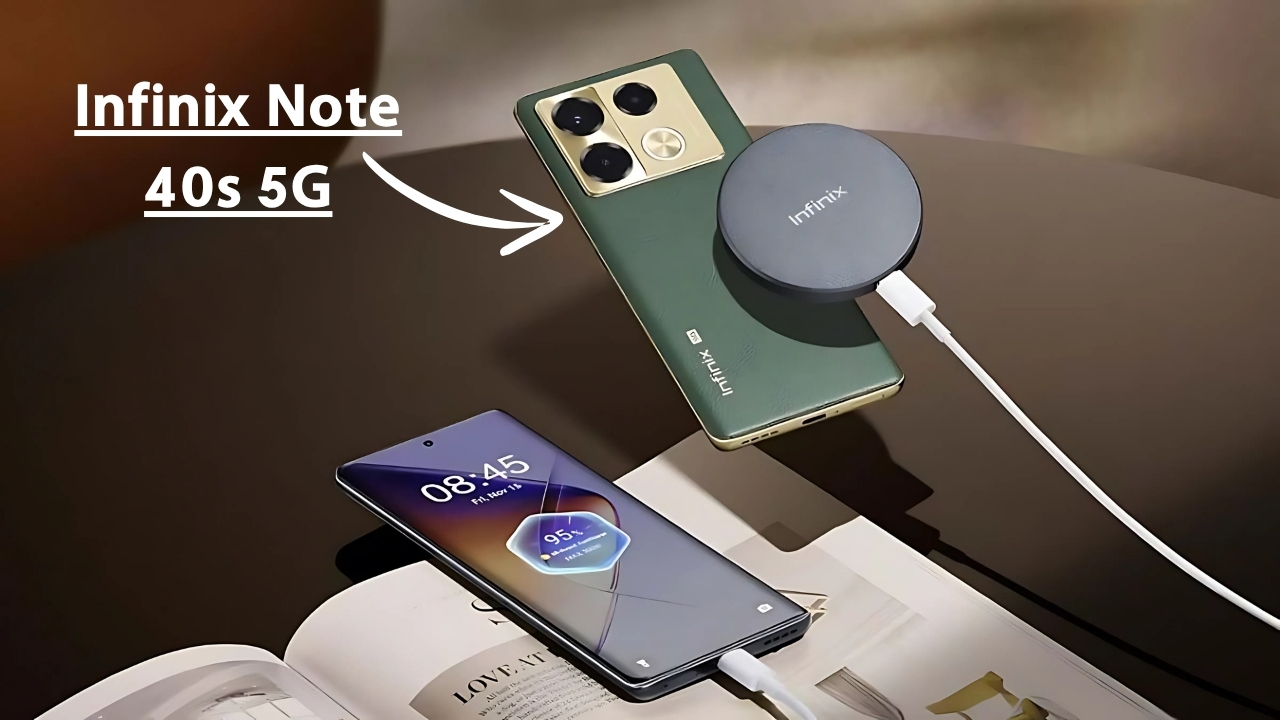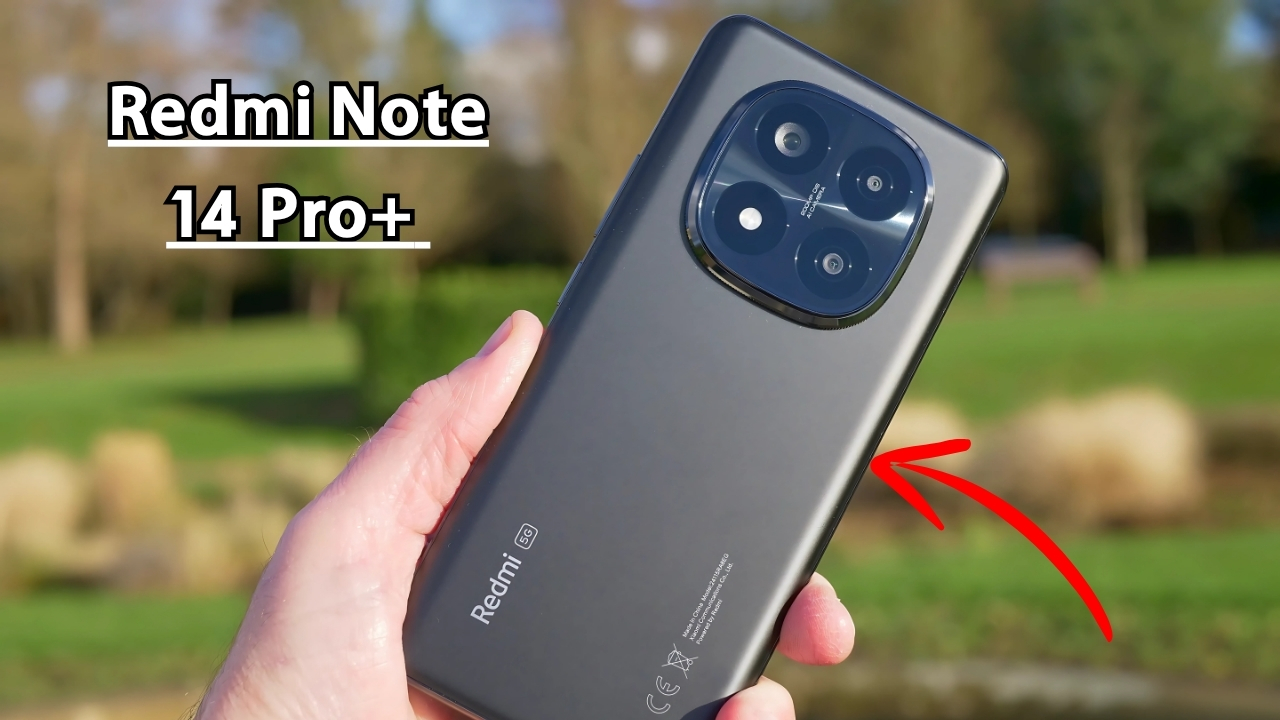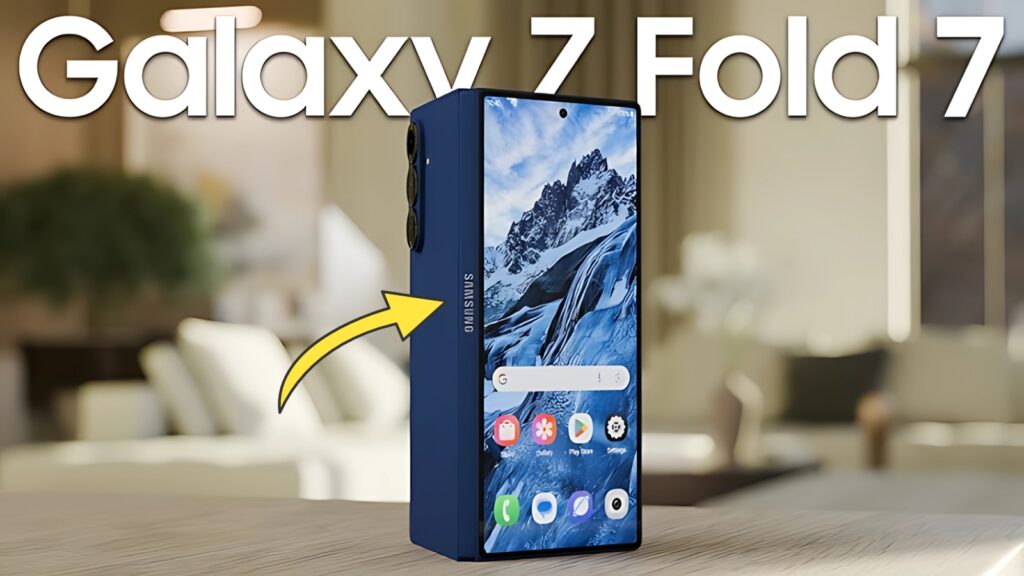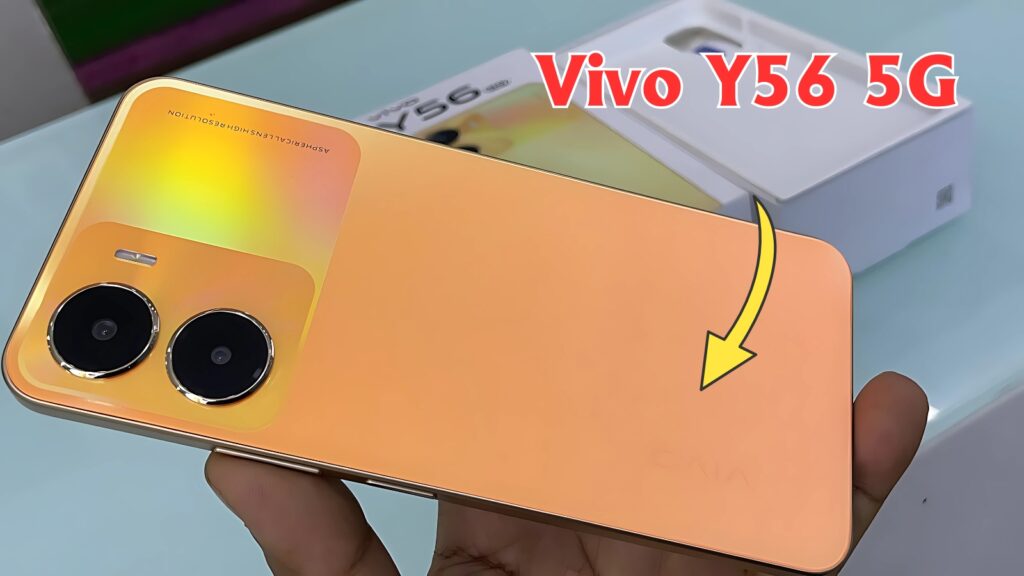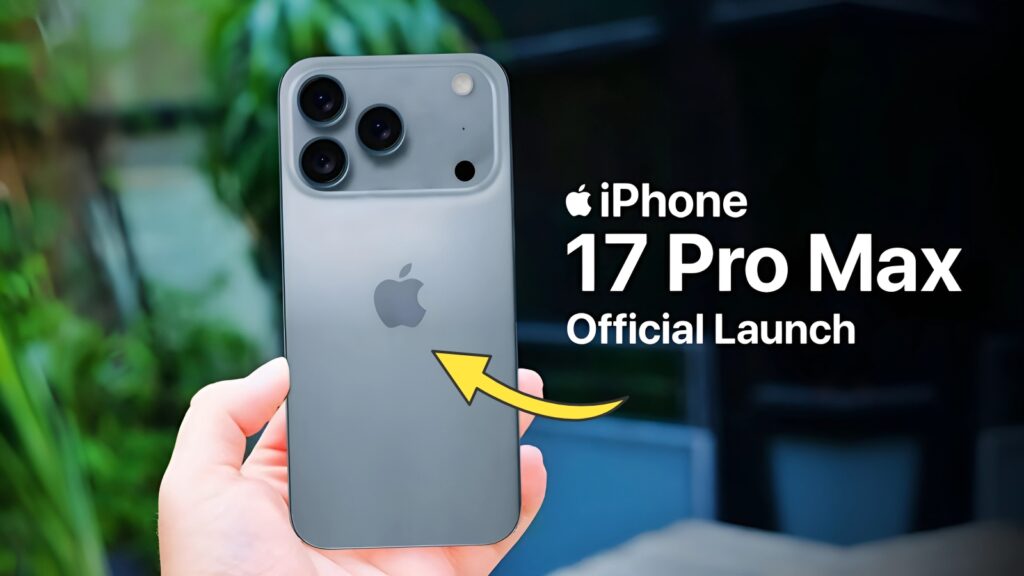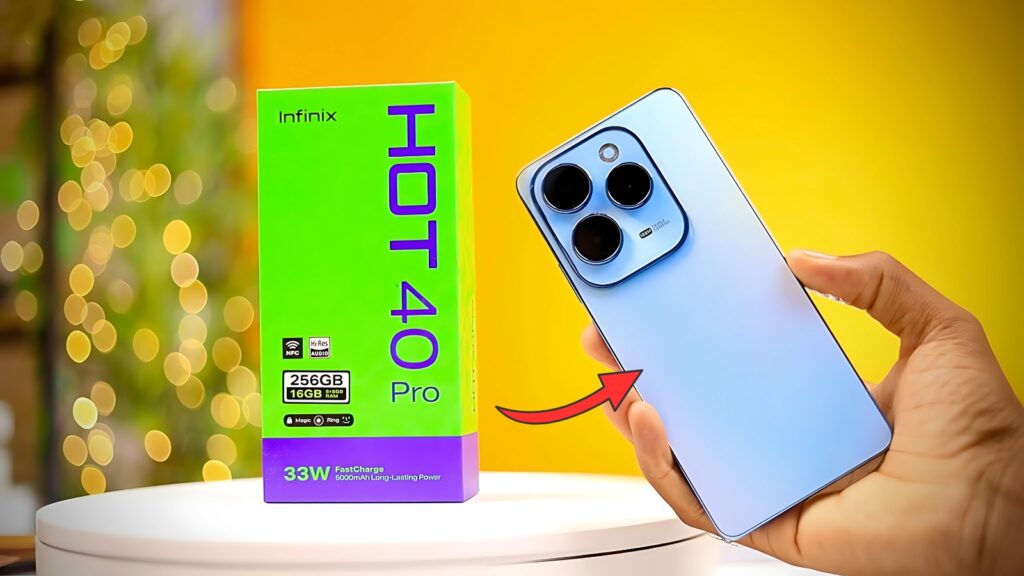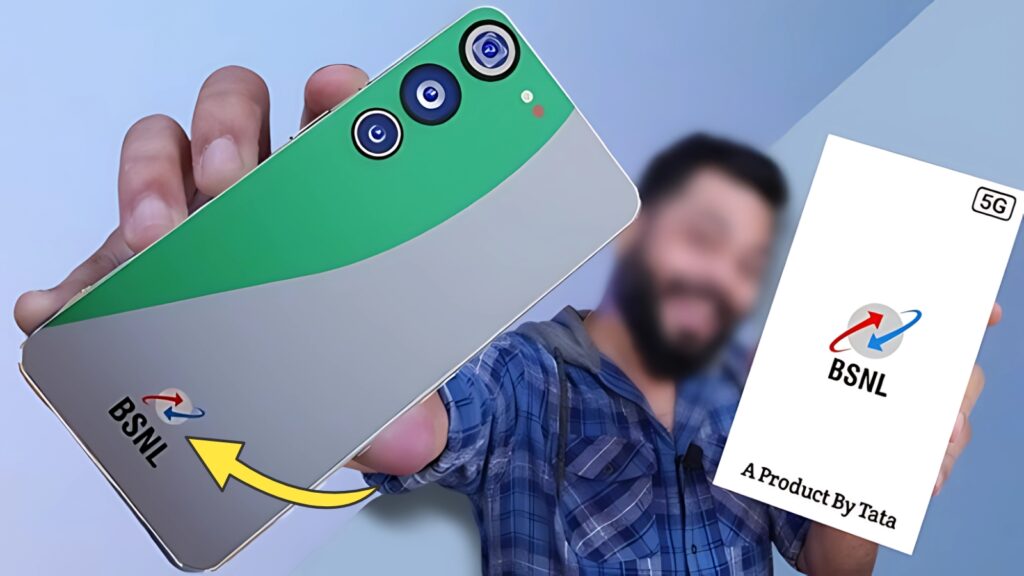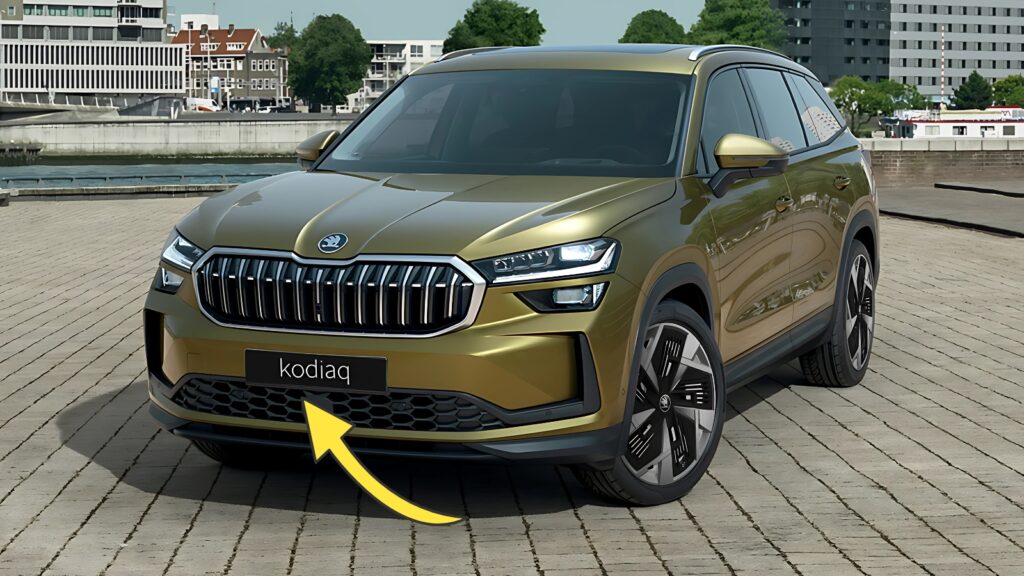Redmi Note 13 Pro 5G: In the fiercely competitive landscape of mid-range smartphones, manufacturers constantly strive to establish meaningful differentiation while balancing performance, features, and affordability.
The Redmi Note series has consistently served as Xiaomi’s strategic cornerstone in this segment, with each iteration pushing boundaries of what consumers can expect at accessible price points.
The Redmi Note 13 Pro 5G represents the latest evolution of this philosophy—a device that challenges conventional compromises through thoughtful specification selection and feature prioritization that directly addresses real-world usage patterns rather than marketing-driven checkboxes.
What distinguishes the Note 13 Pro 5G in an increasingly homogenized market is not merely impressive paper specifications, but rather Xiaomi’s mature approach to product development that acknowledges how smartphones actually integrate into users’ daily lives.
While many competitors engage in specification escalation that often yields diminishing returns in actual experience, Xiaomi has focused on refining fundamental attributes that directly impact satisfaction: display quality, camera capability, charging speed, and overall reliability.
This pragmatic approach recognizes that for most consumers, these core elements matter far more than peripheral features that add cost without proportional benefit.
The Note 13 Pro 5G enters a market segment where consumer expectations continuously rise while price sensitivity remains a primary consideration.
By strategically allocating resources toward elements that enhance practical utility rather than pursuing across-the-board superiority, Xiaomi has created a compelling option for value-conscious users who prioritize specific aspects of smartphone experience without requiring absolute leadership in every category.
This positioning reflects an understanding that meaningful innovation in the mid-range segment often manifests through more intelligent implementation of existing technologies rather than introducing novel but unrefined capabilities.
Redmi Note 13 Pro 5G: Design Philosophy
The exterior design of the Note 13 Pro 5G reflects Xiaomi’s evolving aesthetic language while maintaining practical considerations that enhance daily usability.
The device employs a glass sandwich construction with Corning Gorilla Glass Victus front protection and Gorilla Glass 5 rear panel, connected by a flat aluminum frame that provides structural rigidity without excessive weight.
This premium material selection represents a significant upgrade from the polycarbonate construction common in this price segment, creating tangible quality perception that validates the device’s positioning.
The front features a 6.67-inch display with minimal bezels and a centered punch-hole camera that maximizes usable screen real estate.
The flat display implementation eschews the curved edges found on some competitors, acknowledging that while visually striking, such designs often introduce practical compromises in touch rejection and content distortion.
This pragmatic approach prioritizes functional excellence over purely aesthetic considerations.
The rear panel incorporates what Xiaomi terms “Halo Design” around the camera module—a distinctive circular accent that creates visual interest while maintaining reasonable protrusion from the main surface.
This approach prevents excessive camera bump without compromising optical capabilities, addressing a common pain point in contemporary smartphone design.
Color options include Midnight Black, Ocean Teal, and Aurora Purple, with the latter two featuring subtle light-refracting patterns that create depth without appearing ostentatious.
Perhaps most notable is the device’s IP68 dust and water resistance rating—a feature rarely found at this price point that provides genuine peace of mind for everyday use.
This significant durability enhancement represents Xiaomi’s understanding that mid-range consumers often keep devices longer than premium buyers, making long-term reliability particularly valuable in this segment.
Display Excellence
At the literal forefront of the user experience is the Note 13 Pro 5G’s 6.67-inch AMOLED display, featuring 1.5K resolution (2712 × 1220 pixels, 446 ppi) and 120Hz refresh rate with LTPO technology.
This advanced implementation enables variable refresh rate operation between 1Hz and 120Hz, optimizing power consumption while maintaining fluid visual performance across different usage scenarios.
The panel achieves peak brightness of 1,800 nits and typical brightness of 500 nits, ensuring excellent visibility even in challenging outdoor conditions.
These impressive specifications are complemented by 12-bit color depth (68.7 billion colors), 100% DCI-P3 color gamut coverage, and HDR10+ certification, creating a visual experience that rivals flagship devices costing significantly more.
Beyond raw specifications, the display implementation includes thoughtful enhancements like DC dimming to reduce eye strain at low brightness levels, 2160Hz PWM high-frequency dimming, and SGS Low Visual Fatigue Certification.
These features acknowledge that display quality encompasses more than mere resolution or brightness numbers—factors like flicker reduction and color accuracy significantly impact long-term user satisfaction, particularly for those who spend extended periods viewing their devices.
Touch response receives similar attention, with 240Hz touch sampling rate ensuring responsive interaction during gaming and fast-paced navigation.
The implementation includes advanced algorithms that improve touch accuracy near screen edges and during multi-finger operations—subtle refinements that enhance everyday usability without appearing on specification sheets.
Performance Architecture
The computational foundation of the Note 13 Pro 5G is Qualcomm’s Snapdragon 7s Gen 2 platform, featuring an octa-core arrangement with four Cortex-A78 performance cores clocked at 2.4GHz and four Cortex-A55 efficiency cores operating at 1.95GHz.
This 4nm chipset delivers approximately 20% better CPU performance and 30% improved GPU capability compared to the previous generation while maintaining reasonable power efficiency.
Graphics processing comes from the Adreno 710 GPU, which provides excellent performance for mainstream gaming with titles like PUBG Mobile and Genshin Impact running stably at high settings.
The implementation includes Game Turbo 4.0 optimization that intelligently allocates resources during gaming sessions, prioritizing frame rate stability over maximum theoretical performance—a sensible approach that enhances actual gaming experience rather than merely producing impressive benchmark figures.
Memory configurations include either 8GB or 12GB of LPDDR5 RAM paired with 256GB or 512GB UFS 3.1 storage.
This combination ensures excellent multitasking capability and responsive app loading, with the higher configurations providing headroom for future software demands as applications continue growing in complexity.
The absence of microSD expansion reflects the generous base storage allocations, which exceed practical requirements for most users throughout the device’s expected lifespan.
Thermal management employs what Xiaomi terms “Liquid Cool Technology 2.0″—a multi-layer cooling system that combines vapor chamber elements with graphite sheets to distribute heat efficiently across the device’s internal volume.
This solution allows sustained performance during extended high-load scenarios, addressing a common limitation of mid-range processors that often deliver impressive initial performance but suffer significant throttling under prolonged stress.
Network connectivity represents a particular strength, with the integrated X62 5G modem supporting both SA and NSA architectures across global band configurations.
The implementation includes 4×4 MIMO and carrier aggregation capabilities that maximize performance on available networks, while intelligent antenna switching algorithms optimize reception in challenging signal environments.
Additional wireless capabilities include Wi-Fi 6E, Bluetooth 5.3, NFC, and multi-constellation positioning systems that ensure comprehensive connectivity options regardless of region or use case.
Camera System
The imaging system on the Note 13 Pro 5G showcases Xiaomi’s significant investment in computational photography, centered around a headline-grabbing 200MP Samsung ISOCELL HP3 primary sensor.
This 1/1.4″ sensor employs 16-in-1 pixel binning to produce 12.5MP images with exceptional light gathering capability and dynamic range, with the option to capture full 200MP resolution when circumstances permit maximum detail capture.
The primary camera features optical image stabilization with a 7P lens assembly and f/1.65 aperture—specifications typically reserved for flagship devices that significantly enhance low-light performance and motion handling.
This implementation acknowledges that camera capability often serves as a primary purchase driver in the mid-range segment, with many consumers prioritizing photography performance above other specifications.
Supporting the main sensor are:
-
8MP ultrawide lens with 118° field of view and f/2.2 aperture
-
2MP macro camera for close-up photography
Software processing leverages Xiaomi’s latest computational photography algorithms, with AI-powered scene detection that identifies 33 common scenarios and applies appropriate optimizations.
Night mode combines multiple exposures with sophisticated noise reduction to deliver impressive results in challenging lighting, while Portrait mode creates convincing background blur with accurate subject detection and separation.
Video capabilities include 4K recording at 30fps and 1080p at 60fps, with electronic stabilization that effectively reduces shake without excessive cropping.
The implementation includes Movie Frame mode that applies cinematic color grading to video content, Film Camera filters that simulate analog photography aesthetics, and Vlog mode with pre-configured transitions and effects for social media content creation.
The front-facing 16MP selfie camera produces detailed images with natural skin tones and good dynamic range, with various beautification options that can be adjusted or disabled according to user preference.
The implementation includes palm shutter and time-delay options that facilitate group selfies without requiring awkward button presses.
Software Experience
The Note 13 Pro 5G ships with Xiaomi’s HyperOS based on Android 14, representing a significant evolution from the previous MIUI interface.
This new software approach emphasizes system efficiency, interconnectivity between devices, and refined aesthetics that better align with contemporary design trends while maintaining distinctive Xiaomi characteristics.
Key HyperOS improvements include:
-
Rebuilt system architecture that reduces memory usage by up to 18%
-
Fluid Animation Engine 2.0 for smoother transitions and interactions
-
Enhanced privacy features including permission monitoring and secure photo sharing
-
Interconnected ecosystem functionality for seamless integration with other Xiaomi devices
-
Simplified settings organization with improved search capabilities
The implementation retains popular Xiaomi features like Second Space for creating separated user profiles, Game Turbo for optimizing gaming performance, and extensive theming options that enable deep personalization.
New additions include AI image generation and editing tools, expanded widgets with greater customization, and enhanced multitasking capabilities through improved split-screen and floating window implementations.
Software support includes a commitment to three major Android version updates and four years of security patches—a significant improvement over previous Redmi devices and a recognition of the longer ownership periods common in the mid-range segment.
This extended support acknowledges increasing consumer awareness of software longevity as a component of overall value assessment rather than focusing exclusively on hardware specifications.
Battery and Charging
Power management represents a particular strength of the Note 13 Pro 5G, with a 5,100mAh silicon-carbon negative electrode battery that offers approximately 5% higher energy density than conventional lithium-polymer cells.
This capacity consistently delivers all-day endurance even under demanding usage patterns, with typical users experiencing 36-48 hours between charges under moderate usage scenarios.
Charging capabilities set new standards for the category with 67W wired fast charging that delivers a full charge in approximately 47 minutes and reaches 50% in just 19 minutes.
The implementation incorporates multiple safety mechanisms including temperature monitoring, voltage verification, and current regulation to ensure reliable operation without compromising battery longevity.
Battery health management includes an intelligent charging system that learns usage patterns and adjusts charging parameters accordingly, potentially extending overall battery lifespan by up to 20% compared to conventional implementations.
The comprehensive battery settings allow granular control over background processes and power-intensive features, enabling users to prioritize either performance or endurance based on their specific requirements.
Comparative Analysis
| Feature | Redmi Note 13 Pro 5G | Realme 12 Pro+ | POCO F5 | Samsung Galaxy A54 | OnePlus Nord 3 |
|---|---|---|---|---|---|
| Processor | Snapdragon 7s Gen 2 | Snapdragon 7s Gen 2 | Snapdragon 7+ Gen 2 | Exynos 1380 | Dimensity 9000 |
| RAM | 8/12GB LPDDR5 | 8/12GB LPDDR4X | 8/12GB LPDDR5 | 8GB LPDDR4X | 8/16GB LPDDR5X |
| Storage | 256/512GB UFS 3.1 | 128/256GB UFS 3.1 | 256GB UFS 3.1 | 128/256GB UFS 2.2 | 128/256GB UFS 3.1 |
| Display | 6.67″ 1.5K AMOLED, 120Hz LTPO | 6.7″ FHD+ AMOLED, 120Hz | 6.67″ FHD+ AMOLED, 120Hz | 6.4″ FHD+ AMOLED, 120Hz | 6.74″ FHD+ AMOLED, 120Hz |
| Main Camera | 200MP OIS | 50MP OIS | 64MP OIS | 50MP OIS | 50MP OIS |
| Battery | 5,100mAh | 5,000mAh | 5,000mAh | 5,000mAh | 5,000mAh |
| Charging | 67W wired | 67W wired | 67W wired | 25W wired | 80W wired |
| Water Resistance | IP68 | IP65 | IP53 | IP67 | IP54 |
| OS Updates | 3 Android versions | 2 Android versions | 3 Android versions | 4 Android versions | 3 Android versions |
| Security Updates | 4 years | 3 years | 4 years | 5 years | 4 years |
| Starting Price | ₹27,999 | ₹29,999 | ₹29,999 | ₹38,999 | ₹33,999 |
Key Highlights
-
Display Excellence: 1.5K AMOLED panel with LTPO technology and 1,800 nits peak brightness
-
Camera Innovation: 200MP primary sensor with OIS and advanced computational photography
-
Fast Charging: 67W wired charging for complete charge in 47 minutes
-
Durability: IP68 rating for comprehensive dust and water resistance
-
Premium Construction: Gorilla Glass Victus front and Gorilla Glass 5 rear protection
-
Processing Power: Snapdragon 7s Gen 2 with enhanced thermal management
-
Software Commitment: Three Android version updates and four years of security patches
-
Memory Configuration: Up to 12GB LPDDR5 RAM and 512GB UFS 3.1 storage
-
Connectivity: Wi-Fi 6E and comprehensive 5G band support
- Battery Technology: 5,100mAh silicon-carbon negative electrode battery
Redmi Note 13 Pro 5G:
The Redmi Note 13 Pro 5G represents a thoughtful evolution of Xiaomi’s mid-range philosophy, delivering exceptional value through strategic feature prioritization rather than unfocused specification maximization.
By investing heavily in elements that significantly impact daily satisfaction—camera capability, display quality, charging speed, and durability—while maintaining reasonable performance in other areas, Xiaomi has created a device that addresses actual user priorities rather than competing solely on technical specification comparisons.
What distinguishes this approach from many competitors is its clarity of purpose. Rather than attempting to excel across every possible parameter, the Note 13 Pro 5G delivers category-leading features in select areas while ensuring competent performance elsewhere.
This focused development allows the incorporation of premium elements like the 200MP camera system, 1.5K LTPO display, and IP68 protection that would typically require significant compromise in other specifications at this price point.
For consumers navigating the often overwhelming array of mid-range smartphone options, the Note 13 Pro 5G provides a refreshingly straightforward proposition: exceptional photography capabilities, premium visual experience, and reliable daily performance at a price substantially below flagship alternatives.
This balance acknowledges that for most users, a few standout features matter far more than across-the-board superiority that rarely translates to proportional improvements in actual satisfaction.
The compromises required to achieve this positioning—primarily in charging technology, secondary camera capabilities, and processor selection compared to flagship devices—reflect an understanding of real-world usage priorities.
By consciously choosing practical enhancements over marketing-driven specifications, Xiaomi has created a device that serves its target audience exceptionally well rather than attempting to appeal broadly through technical checkboxes that rarely translate to improved user experience.
As smartphone technology continues its evolution toward maturity, this kind of focused product development may represent an increasingly important approach to meaningful differentiation.
Rather than incremental improvements across familiar specifications, genuine innovation emerges from better understanding how devices integrate into users’ lives and allocating resources accordingly.
The Redmi Note 13 Pro 5G demonstrates how this philosophy can yield products that deliver exceptional value while maintaining accessible pricing in an increasingly competitive market landscape.
